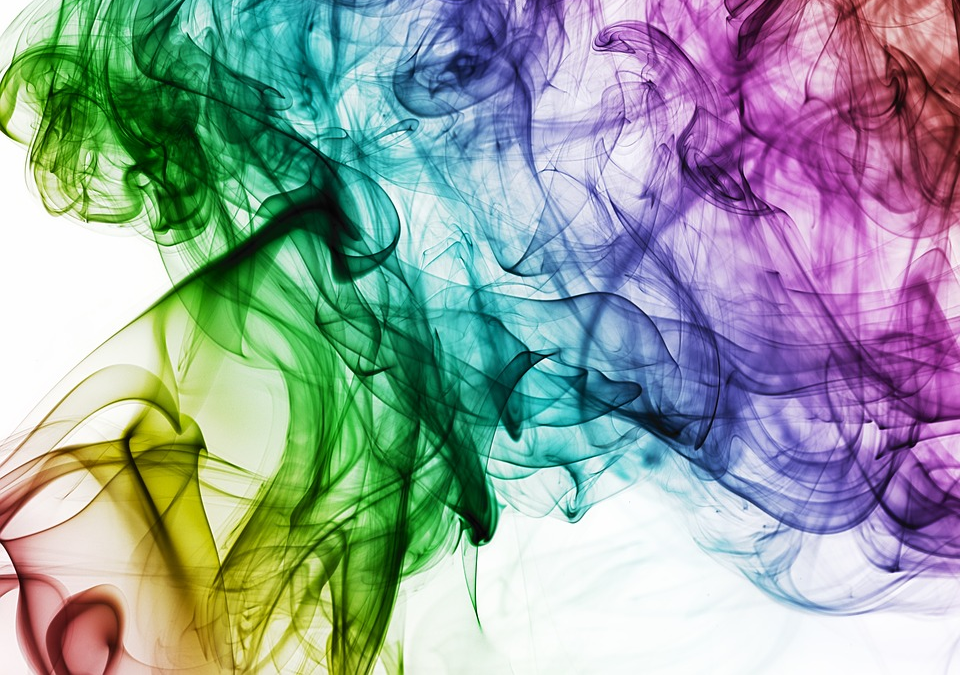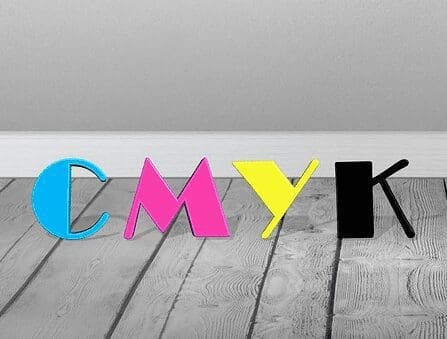Have you ever arrived at your destination with no recollection of the drive there? Or, have you ever suddenly noticed a building was painted a different color after passing it daily for months?
These common experiences reveal fascinating insights about how our brains process the world around us—and hold valuable lessons for brick-and-mortar business owners looking to capture customer attention.

How Our Brains Filter Reality
Recent research has revealed that our perception is significantly more limited than we intuitively believe.
While we feel we have a rich, detailed view of our environment, studies show this is largely an illusion. In reality, we’re consciously aware of only a tiny subset of the information that enters our eyes.
“Our brain compensates for these limitations by using clever shortcuts,” explains John Hofmann, founder of Fusion Marketing. “It samples areas near our visual blind spots and fills in the gaps with its best guess, resulting in a seamless experience—but one that often filters out familiar elements.”
This filtering mechanism explains why we can drive the same route daily without consciously registering the businesses we pass.
Our brains, attempting to conserve energy, essentially create a simplified map of our surroundings and only alert us when something changes.
The Power of Change in Capturing Attention
A groundbreaking MIT study discovered that stimulus-specific information is distributed throughout the whole brain, challenging the traditional view of dedicated “blob” regions for processing visual input. This widespread processing suggests our perception is heavily influenced by detecting changes or novelty in our environment.
This science might explain why temporary signage can be so effective for brick-and-mortar businesses. When something new appears in an otherwise familiar landscape—like an A-frame sign with fresh content or seasonal window displays—it creates what neuroscientists call a “pattern interruption” that demands attention.

The “New Car” Effect
“Another fascinating example of how our perception works is what I call the ‘new car effect,'” Hofmann notes. “When you purchase a new vehicle, you suddenly start noticing that same model everywhere. Your brain hasn’t changed what it sees—it’s changed what it prioritizes in your awareness.”
The Baader-Meinhof phenomenon shows that human perception is heavily influenced by our expectations rather than solely by visual input. Once something enters our sphere of awareness, our brain begins actively scanning for it.
For business owners, this presents a strategic opportunity: when customers notice your business through temporary signage or changing displays, you’ve entered their perceptual field, making them more likely to notice your business again in the future.
Why We’ve Become “Ad Blind”
While digital marquees and electronic billboards once excelled at grabbing attention, many consumers have developed what marketers call “ad blindness.” Our brains quickly categorize these as advertisements and filter them out of our conscious awareness.
“I personally feel I’ve become ad blind to digital displays,” Hofmann shares. “My brain recognizes the pattern of rotating commercial content and simply skips over it. But put some balloons on a street corner or an unexpected sign? My eyes are immediately attracted because it’s different and unique.”

Practical Applications for Business Owners
Strategic Temporary Signage
For maximum effectiveness, consider these approaches:
- A-frame signs with rotating content: Change messages weekly to prevent perceptual filtering.
- Grand opening announcements: The hundreds or thousands of people who drive by your business daily will notice the change in their environment.
- High-visibility color schemes: Black and yellow color combinations trigger heightened awareness, as our brains associate them with caution signals.
- Typography considerations: Bold, sans-serif lettering creates visual impact and improved readability from a distance.
Window Displays as Attention Tools
Temporary signage doesn’t always need to contain explicit sales messages. Sometimes, creating visual interest is sufficient to reestablish your business in customers’ awareness.
Consider these approaches:
- Hardware stores: Feature enlarged images of different tools each month in window displays.
- Pet stores: Rotate large photographs of different animals in prominent windows.
- Restaurants: Change window displays to highlight seasonal ingredients or special offerings.
The goal isn’t necessarily to drive immediate sales but rather to ensure your business registers in potential customers’ perceptions.
The Science of Being Seen
According to John Hofmann, “Oftentimes it’s not necessarily about trying to sell anything but rather getting people’s attention so they acknowledge you exist again.”
This insight aligns perfectly with what neuroscience tells us about perception. Research indicates our experience of the world is a carefully constructed model based on limited input and extensive prediction. When something disrupts those predictions—like your new window display or temporary banner—it creates a moment of conscious awareness.
For brick and mortar businesses competing for attention in increasingly crowded marketplaces, understanding these principles of human perception can translate directly into improved visibility and customer engagement. By strategically introducing novelty through temporary signage and rotating displays, you’re not just advertising—you’re speaking directly to how your customers’ brains naturally work.
Turn Science into Sales with Fusion Marketing
Ready to put these attention-grabbing principles to work for your business? Fusion Marketing specializes in creating high-impact temporary signage designed to break through perceptual filters and capture customer attention. From strategically designed A-frames to seasonal window displays that leverage the science of visual attention, our team can help your brick-and-mortar location stand out in an increasingly competitive landscape.
Don’t let your business become part of the background noise. Contact Fusion Marketing today to schedule a consultation and discover how the right signage strategy can transform your visibility and drive foot traffic through your doors.





